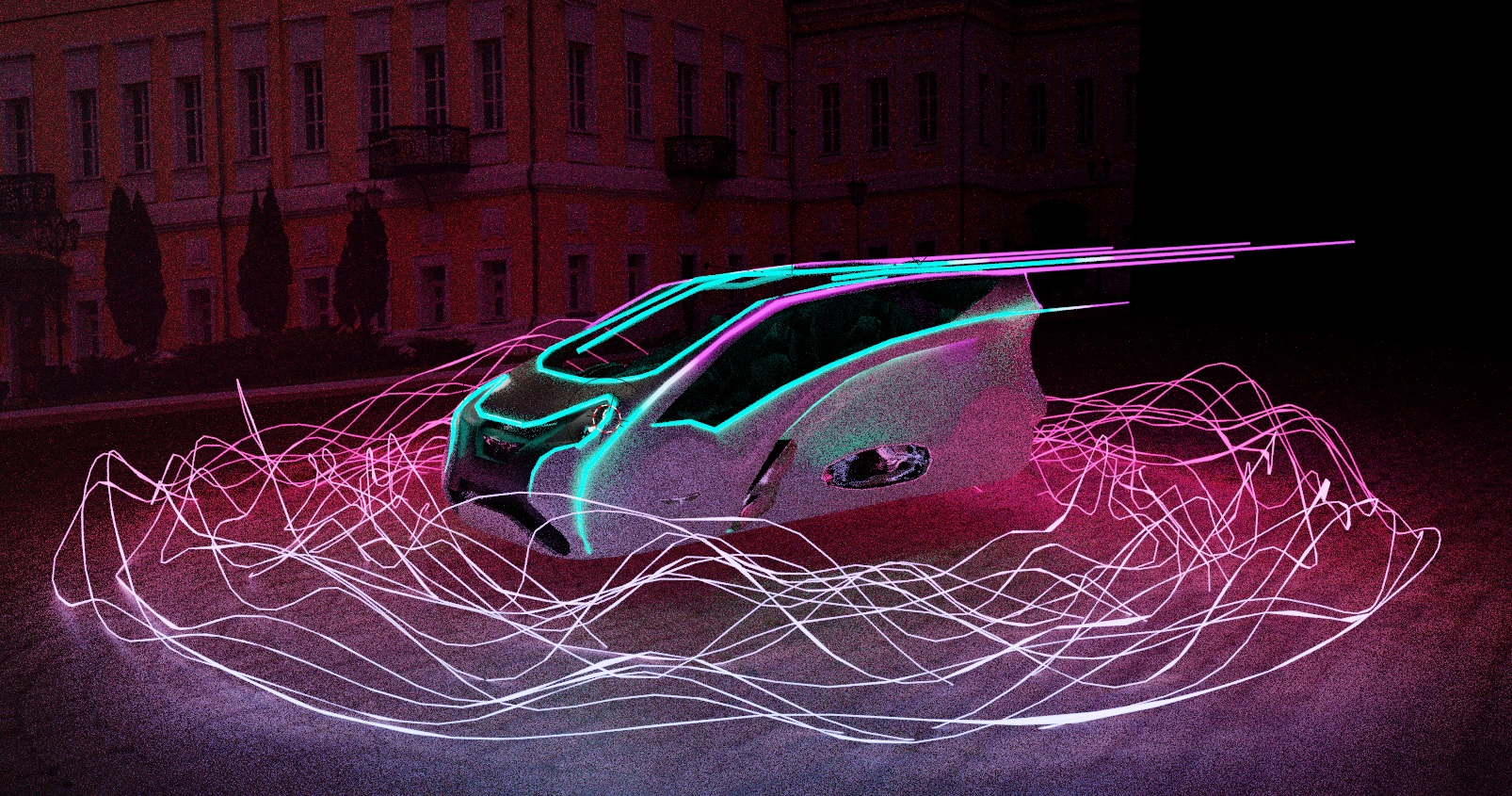Invisible Showroom
Snap-powered Location-based AR
Focus: Design Lead, Producer
I led the production and design of a Location-Based AR proof-of-concept, with the goals to reimagine brand storytelling while upskilling our global teams on the latest Lens Studio capabilities.
As the design lead, I crafted the UX and UI of the experience, directing our team from concepting to sound design. Additionally, as the producer, I created a mini-project-based training curriculum to rapidly upskill the team, while managing the backlog, sprints, and milestones.
-
The ‘Invisible Showroom' experience revolves around a fictional car launch with a preview of an unreleased song as a reward, and has three key stages, each fulfilling a distinct purpose from an “interest curve” perspective.
In the Hook/Intro, users meet the FLUX1 car through a VFX sequence, with a brief teaser of an unreleased song setting the tone.
Next, the Node stage presents the FLUX1's core pillars: "Sustainability," "Sound System," and "Shared Ownership." Each node enriches the user's knowledge of the car and adds layers to the teaser song, turning the user into an active participant in assembling the track.
Finally, the Climax ushers in a countdown, a full playback of the song, and a holographic artist performance. As a finale, users receive tickets to the artist’s upcoming concert, completing the journey.
"Invisible Showroom" harnessed the latest features of Lens Studio: City Landmarkers, allowing us to anchor the experience to iconic destinations around the world. Coupled with Remote Asset storage, we delivered richer visuals and intricate interactions.
-
Designing the 'Invisible Showroom' brought key takeaways.
Accessibility First: Leverage distance-independent millimeters ensured legible text. Feathered backdrops and an AR podium with changing materials not only enhanced VFX and text visibility, but also added a fresh visual storytelling tool.
Pushing Audio-Visual Boundaries: Remote asset storage opened new interaction avenues, demanding new collaboration workflows and optimization best practices.
Mobile AR Constraints: Design decisions catered to the phone's limited field of view, ensuring content stayed comfortably in-frame.
Advocating for Design: Despite achieving cohesion with limited design hours, the need for more design time was clear. Getting this can reveal stronger opportunities.
Opportunities Ahead: In the future, it’d be worth exploring motion capture for the artist segments, and adding gamified node puzzles to enhance the user experience.
